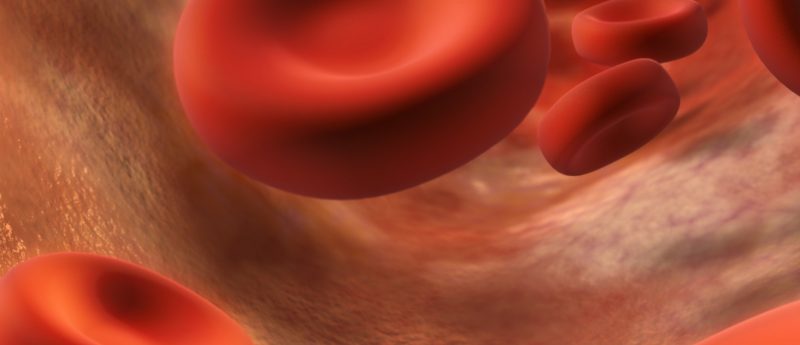Nerve and blood vessel regeneration using 3D bioprinting technologies

Japanese research institutions have employed a 3D bioprinting approach to grow blood vessels and other tissues with hopes for their therapeutic applications in a number of human diseases.
3D printing is a key area in medical research with academics predicting
its future use both in human transplants, surgical aids, medical devices
and the pharmaceutical industry. A number of research institutions in Japan have applied a 3D printing approach to produce blood vessels and other tissues aimed at treating a variety of human diseases. Using 3D printed induced pluripotent stem cells (iPSCs) scientists are hoping this method will be superior to current methods.
One team of researchers in Japan has been using the Cyfuse Medical’s Kenzan Method (Tokyo, Japan), which uses small vertical spikes to keep cells in place rather than a bioink, which is used in more standard procedures. These vertical spikes create cell clusters (spheroids), keeping cells in position column by column.
The research team, led by Shigeki Morita (Saga University, Japan), has modified the Kenzan method with hopes of helping patients recovering from myocardial infarctions. Their method creates vessel-like structures formed on skewers, which are supplemented with a broth that supports blood vessels formation. To advance this method the team plan to conduct vascular transplantations on pigs to assess their suitability as an alternate method in vascular repair surgery. They hope that these 3D printed blood vessels will be less of a strain on the body and have reduced risk of repeat blockages than the current method of transplanting vessels from elsewhere in the body.
A different research team, led by Ryosuke Ikeguchi (Kyoto University, Japan), has been using a similar method to develop human skin from 3D printed tissue, creating 8 × 3-mm tubular structures that were grafted on mice. Nerves inside the tubes began connecting with those of the mice after 8 weeks, indicating the potential of 3D printed structures to support nerve regeneration.
While there is still much work to be done, the Japanese government hopes to use 3D bioprinted iPSCs to treat a variety of disease types by 2020. Furthermore, the researchers from these studies believe this technology could be used in the clinic in as little as 3 years.
— Written by Frances Adlam